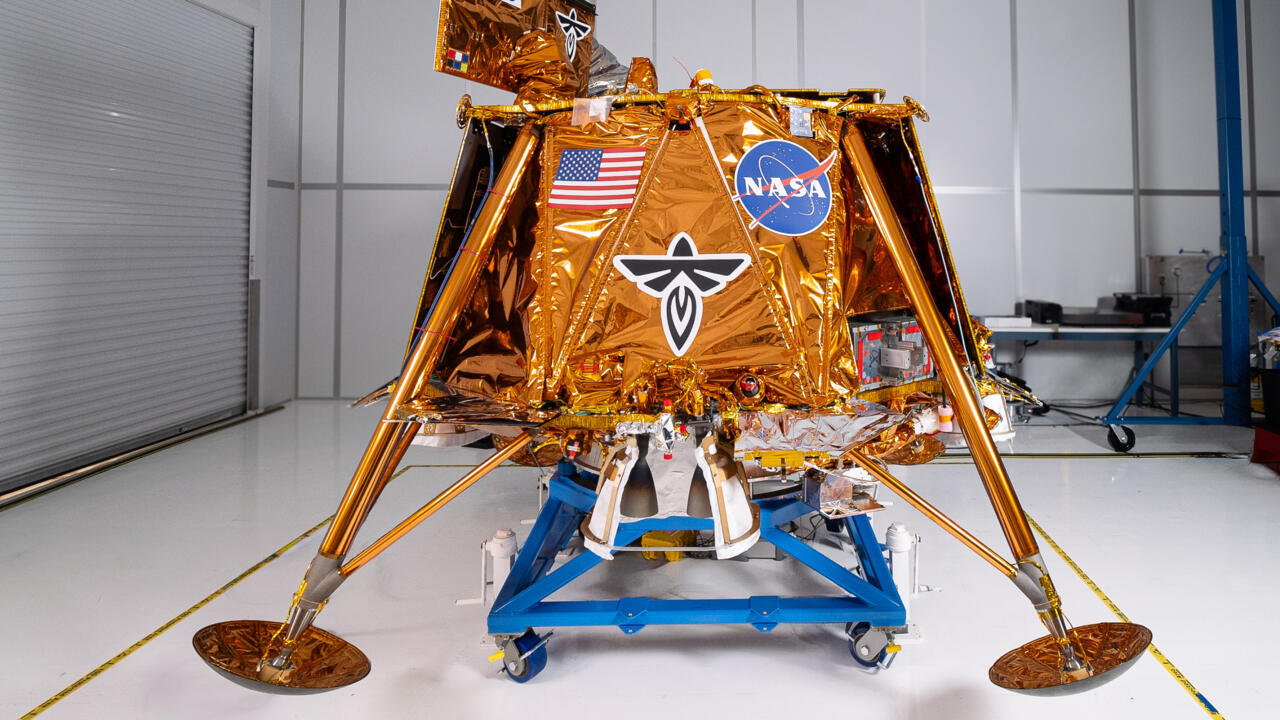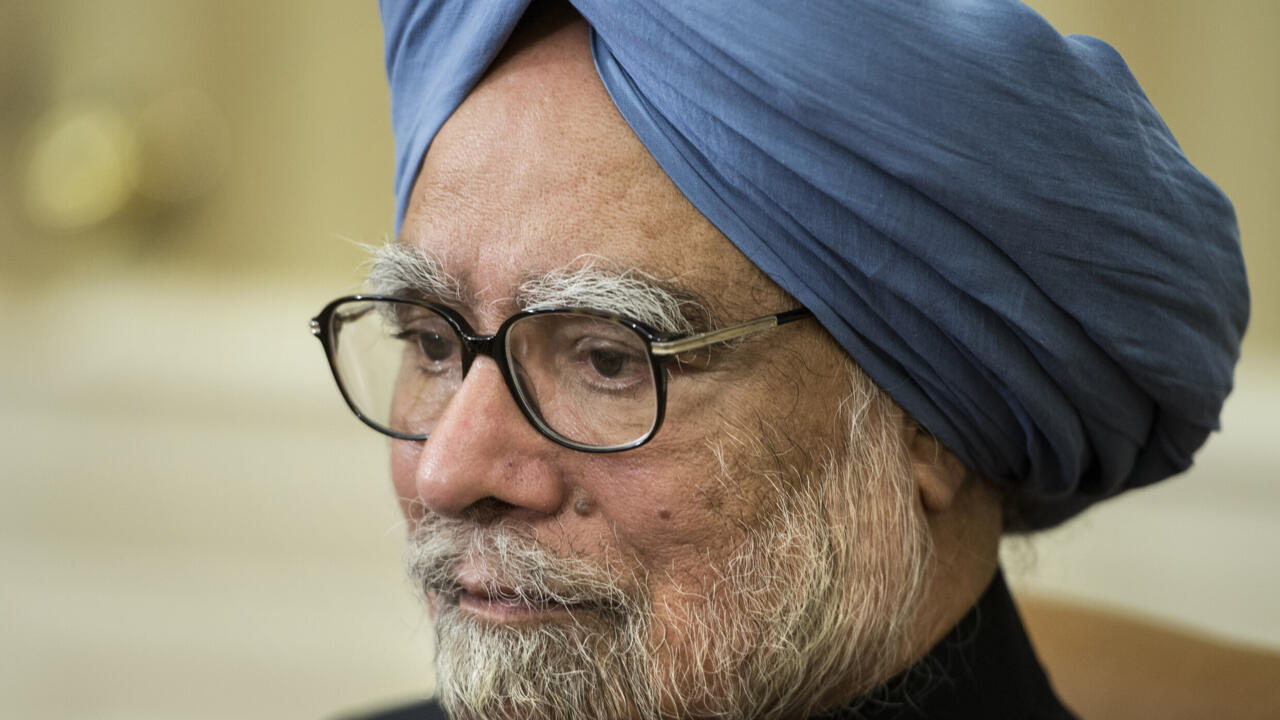On the Japanese side, Tokyo-based ispace’s first attempt to land on the Moon ended in an unsalvageable “hard landing” in April 2023.
“It’s important to challenge ourselves again, after enduring failure and learning from it,” ispace founder and CEO Takeshi Hakamada said last week.
“Today, we’re going back to the Moon,” a post on the ispace X account said Wednesday, adding in a promotional video: “Today, we prove our resilience”.
Blue Ghost is stacked atop Resilience inside the Falcon 9, SpaceX executive Julianna Scheiman said, and will be deployed first, followed by Resilience nearly 30 minutes later.
The two spacecraft have different timelines for reaching the Moon.
Blue Ghost aims to complete its journey in 45 days, gradually lifting its orbit around Earth before entering lunar orbit and touching down near Mons Latreille, a volcanic feature in Mare Crisium on the Moon’s northeast near side.
“With 10 NASA instruments on this flight, we’re conducting scientific investigations… from characterizing Earth’s magnetosphere to understanding lunar dust and the Moon’s interior structure and thermal properties,” NASA scientist Maria Banks said.
Blue Ghost also carries technology demonstrations focused on navigation and computing in the Moon’s harsh radiation environment.
Meanwhile, Resilience will take four to five months to reach its destination in Mare Frigoris, on the Moon’s far north.
Its payloads include scientific instruments, but the centerpiece is Tenacious, a micro rover developed by ispace-Europe, a Luxembourg-based subsidiary.
The four-wheeled robot features a high-definition camera and will attempt to scoop up regolith — the Moon’s loose surface material.
It also carries on its front a small red “Moonhouse” created by Swedish artist Mikael Genberg.
These ambitious goals hinge on achieving a successful soft landing — a task fraught with challenges.
Spacecraft must navigate treacherous boulders and craters and, in the absence of an atmosphere to support parachutes, rely entirely on thrusters for a controlled descent.
A final hurdle, as recent missions have shown, is remaining upright.
When Intuitive Machines’ Odysseus landed in April 2024, it tipped over, limiting the investigations it could perform.
Similarly, Japan’s SLIM lander, which touched down in March 2024, landed at a wonky angle, leaving its solar panels poorly positioned, similarly curtailing its operational lifespan.
© 2025 AFP






